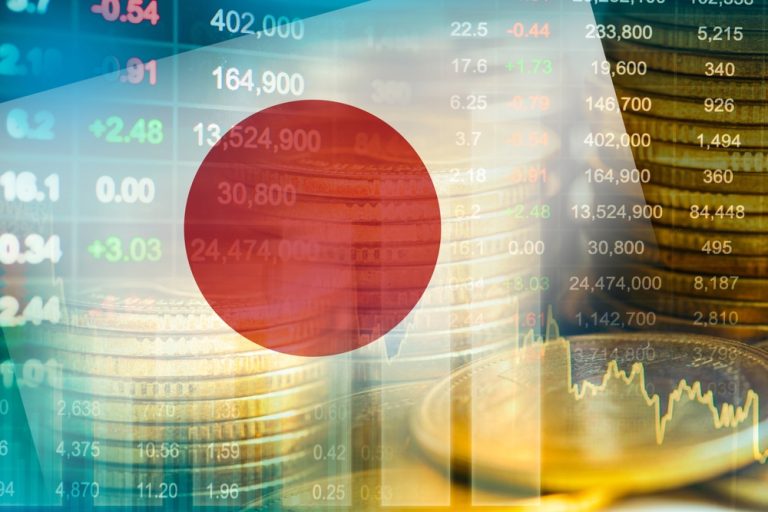Facing rising living costs and economic strain, Japan’s government, under the leadership of Prime Minister Shigeru Ishiba, is crafting a bold new economic package. This initiative includes cash handouts for low-income families, aid for child welfare, and significant investments in key technological sectors. The aim is to alleviate public discontent and stimulate economic growth amid mounting fiscal challenges.
Support for Low-Income Families
Prime Minister Ishiba’s government plans to distribute ¥30,000 ($192) to low-income households, complemented by an additional ¥20,000 per child, to mitigate the pressure of rising prices. This move, part of an extensive economic relief strategy, demonstrates Ishiba’s intent to address citizens’ frustrations over increasing living costs. Subsidies for electricity and gas bills, set to be reinstated from January to March, add another layer of relief.
While the Cabinet Office has declined to comment on these proposals, the initiative showcases Ishiba’s response to his recent election, where voters highlighted their financial challenges.
Investments in Next-Gen Technology
A key feature of the economic package is the ¥10 trillion allocation aimed at reinforcing Japan’s position in the global technology arena. Of this, ¥6 trillion will drive the development and mass production of advanced chips, while the remaining ¥4 trillion will fund AI research through financial support measures such as investment and debt guarantees.
“Ishiba’s goal is to generate over ¥50 trillion in public and private investment over the next decade,” as he has stated, signaling a long-term commitment to technological growth that could redefine Japan’s economic landscape.
Navigating Fiscal Challenges
Japan’s ambitious economic moves come at a cost. With the highest public debt in the developed world, hitting 255% of its GDP in 2024 per the IMF, fiscal concerns are paramount. Debt servicing already consumes about a quarter of the annual budget, a figure expected to rise with increasing interest rates. Analysts are closely watching Ishiba’s minority government, questioning its capacity to deliver these significant measures amidst economic pressure.
Despite these obstacles, the government maintains confidence in the plan’s potential to ignite growth and balance public finances over time.
Balancing Political and Economic Pressures
The upcoming package is subject to negotiations with the Democratic Party for the People (DPP), whose support is crucial for legislative success. The DPP is advocating to raise the tax-free income ceiling from ¥1.03 million to ¥1.78 million. Collaborating with opposition parties like the DPP could strengthen the coalition’s legislative power and provide a more stable foundation for these ambitious economic efforts.
Final Push for Parliamentary Approval
Timing is critical for Ishiba’s government as the Cabinet aims to approve the stimulus package following the prime minister’s return from South American summits. With a goal to pass the extra budget by year’s end, the administration is under pressure to act swiftly and decisively.
The prime minister’s approach reflects an acknowledgment of Japan’s immediate needs while balancing longer-term goals for technological and economic expansion.
Prime Minister Shigeru Ishiba’s strategy to blend short-term economic relief with long-term technological investment marks a pivotal moment for Japan. Despite potential fiscal repercussions, this comprehensive package seeks to ease current economic woes and position Japan for a more innovative and stable future. Observers will keenly watch how these measures unfold in the coming months.


